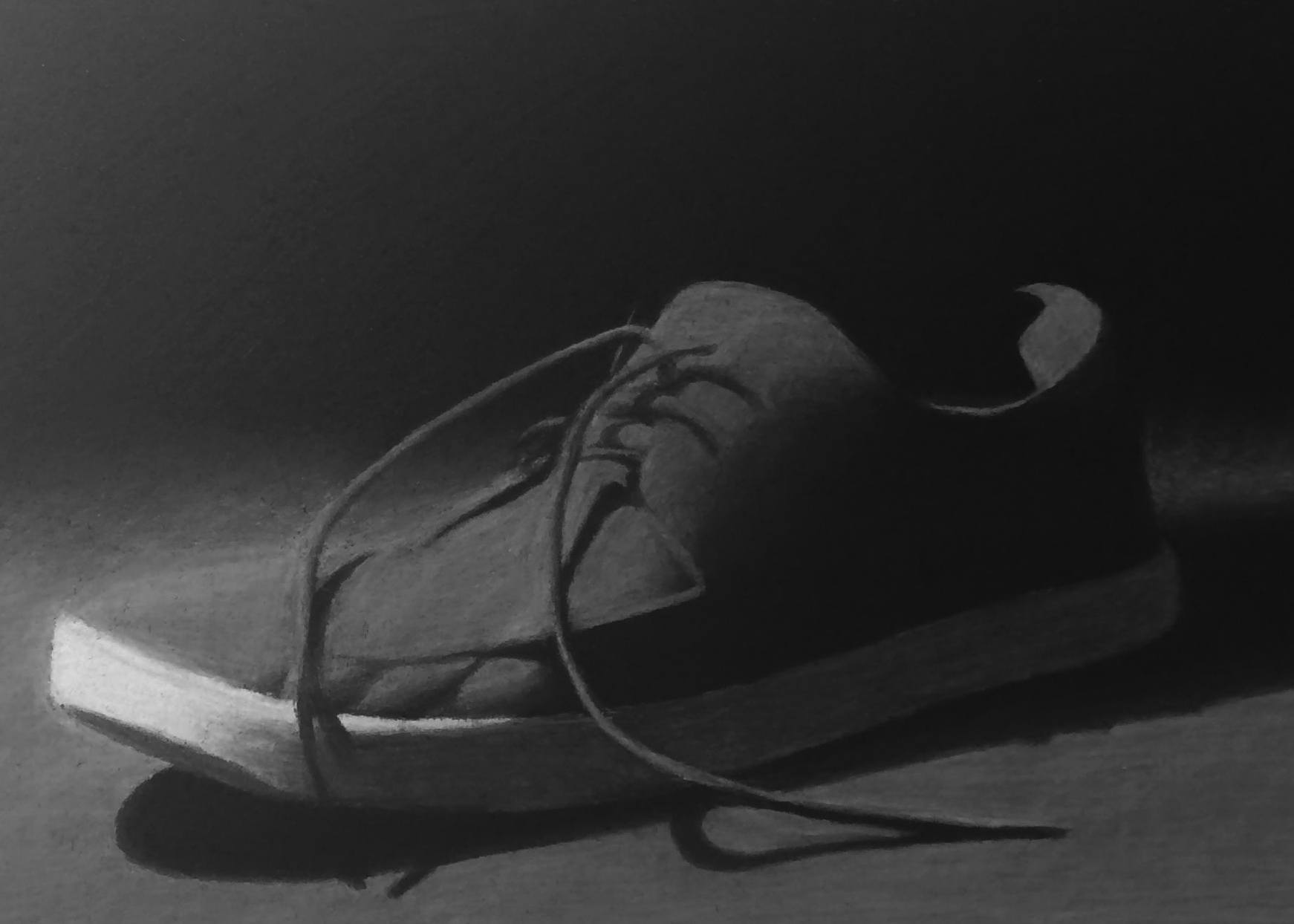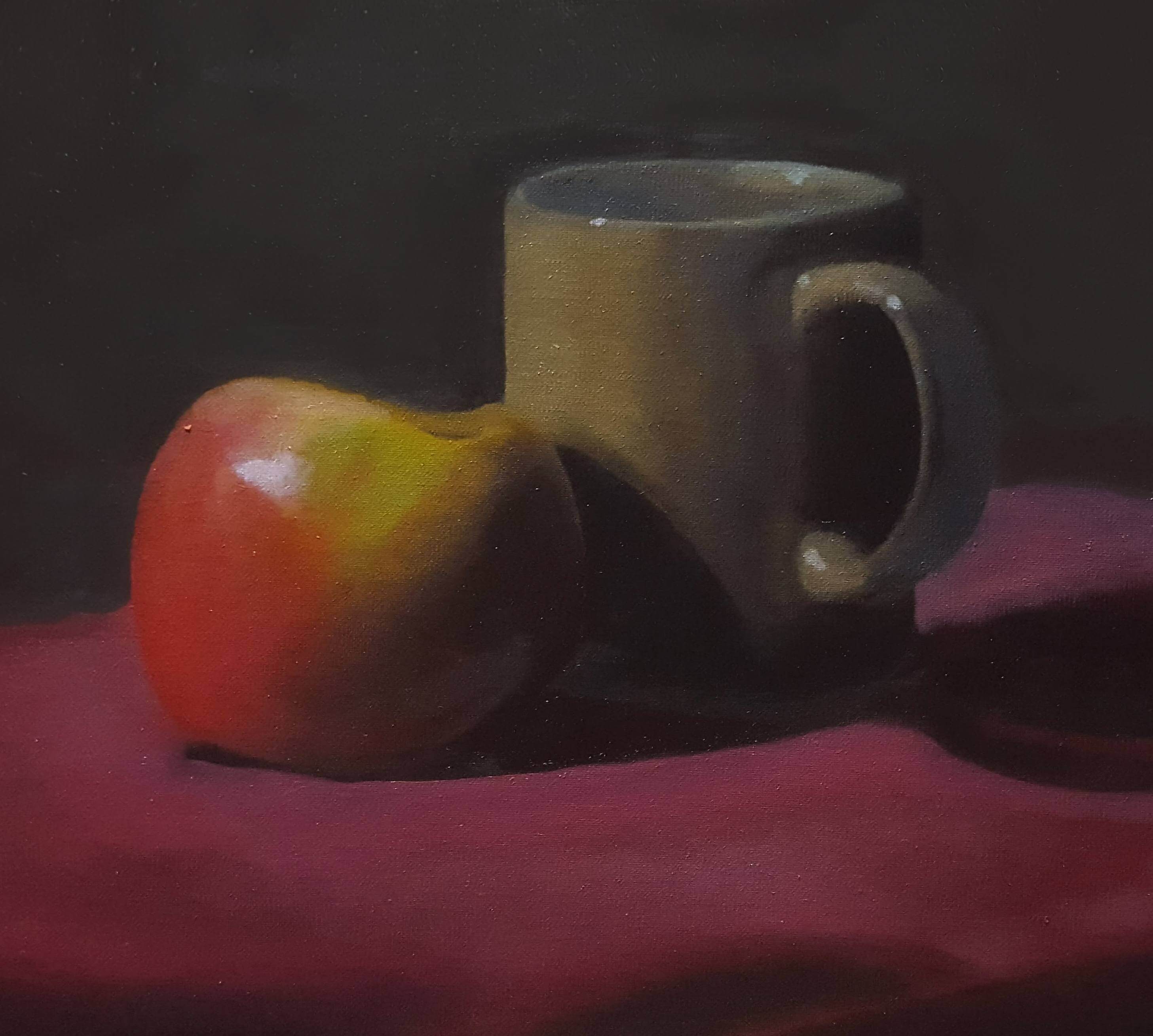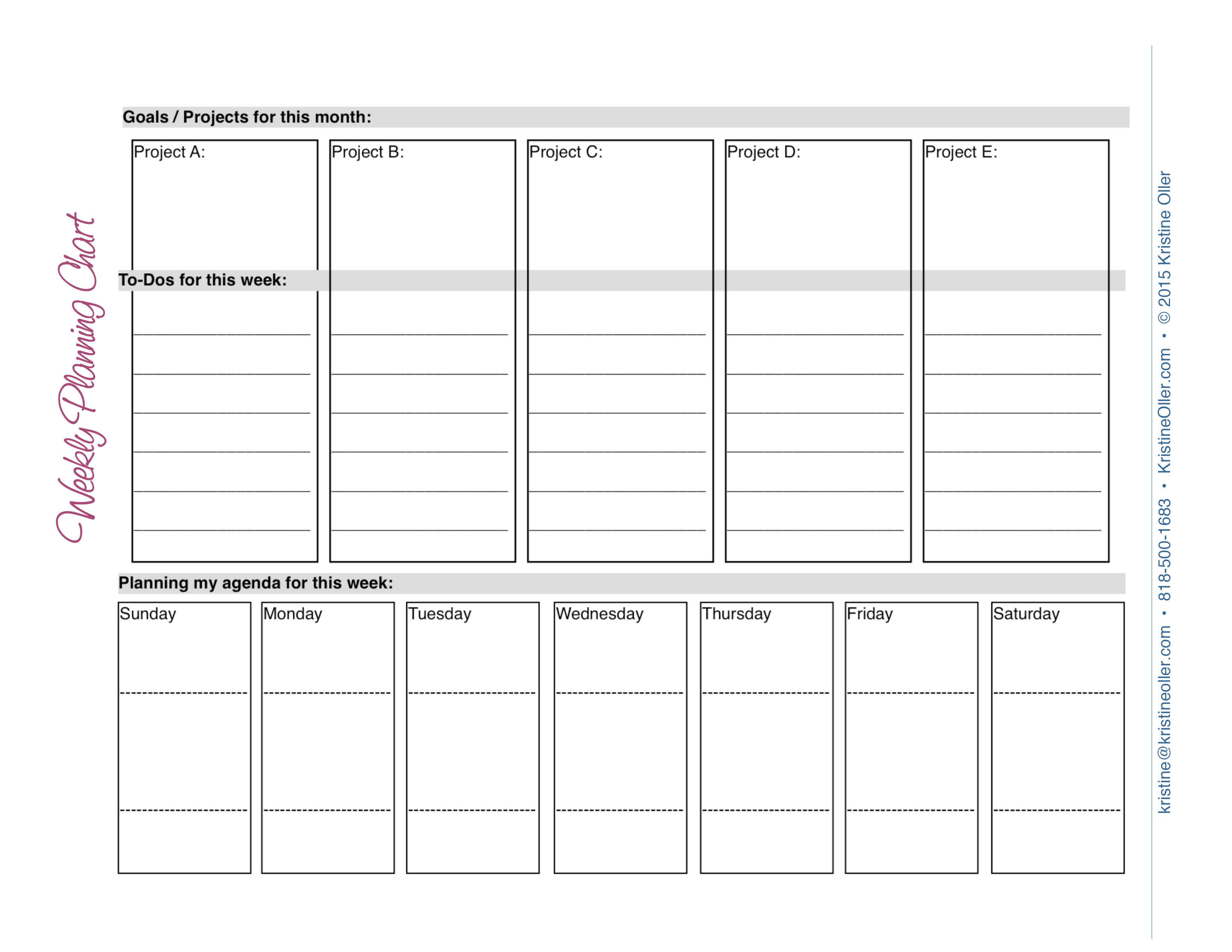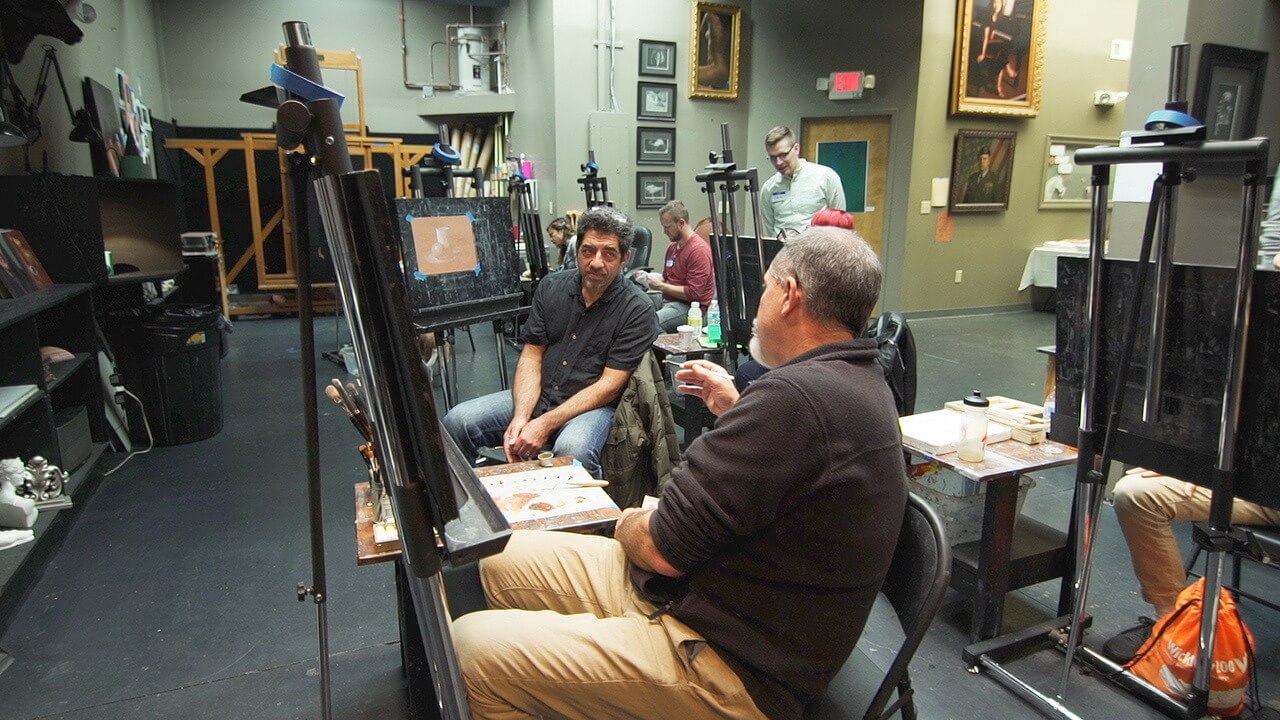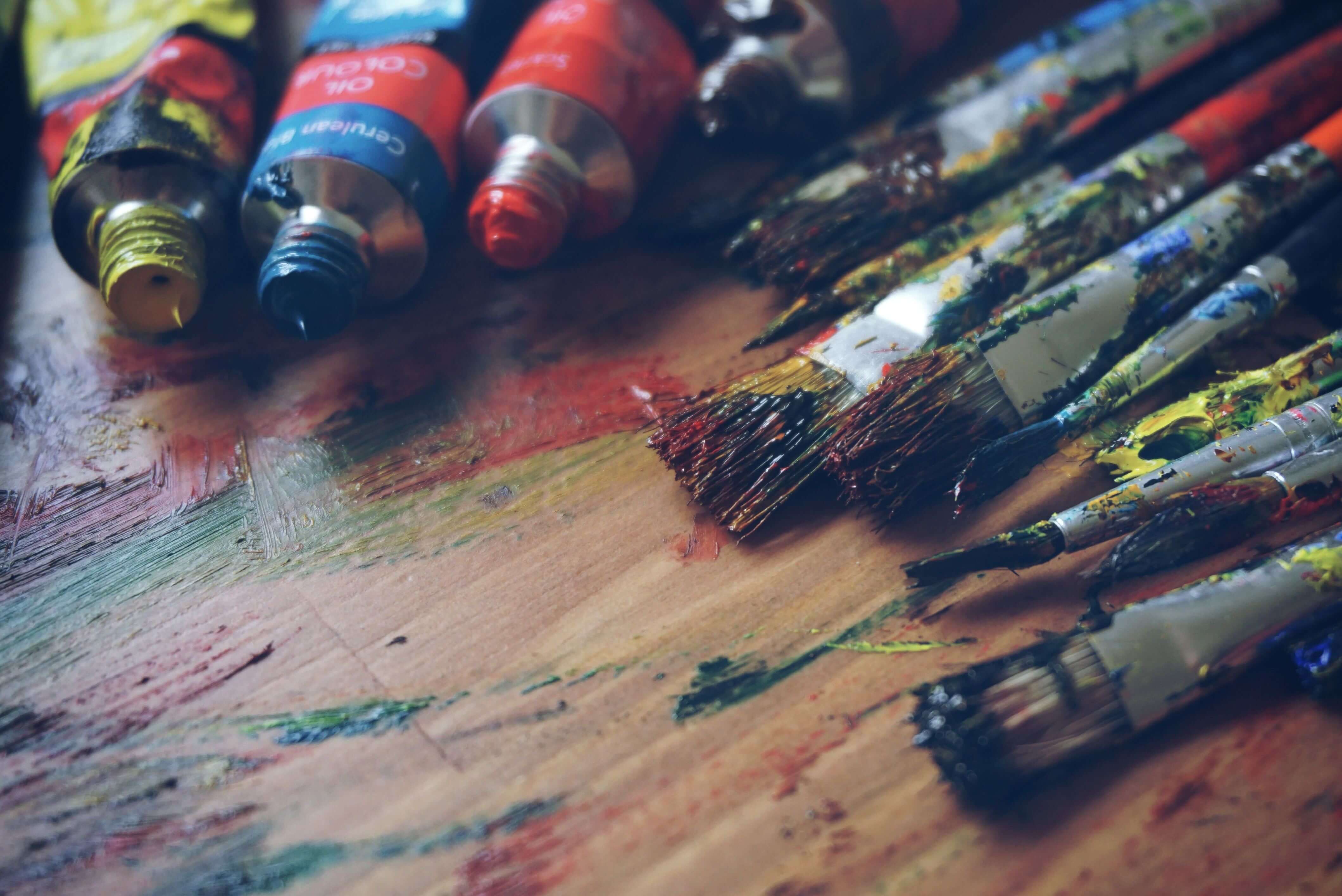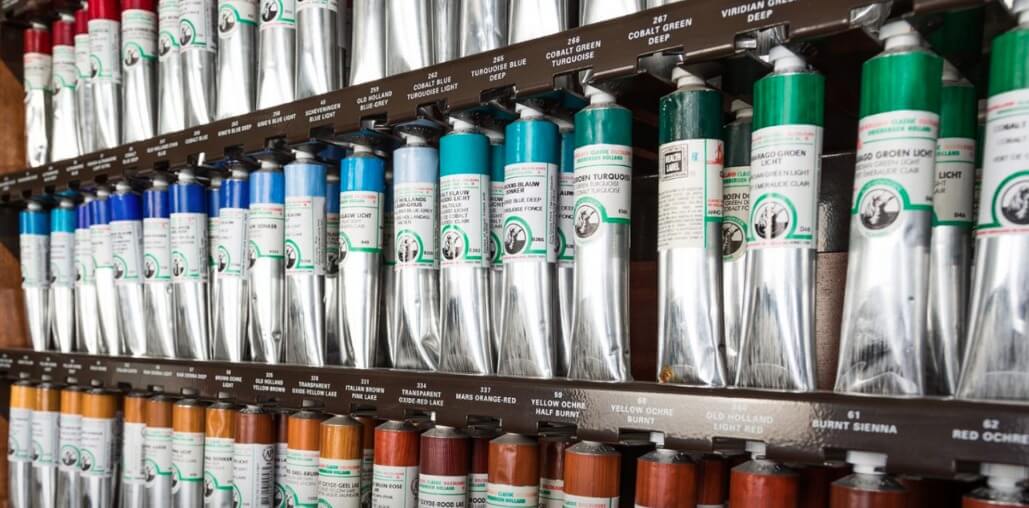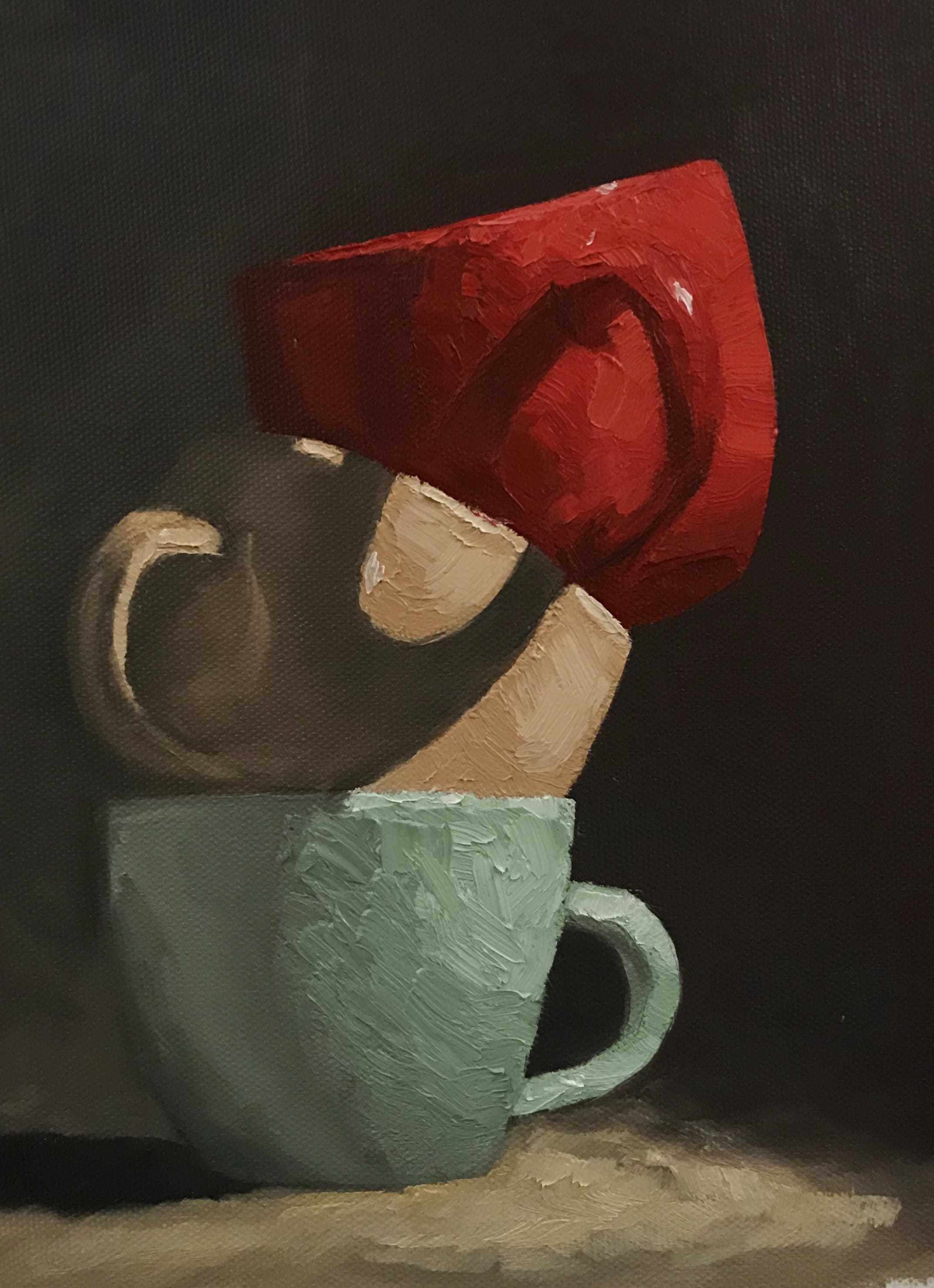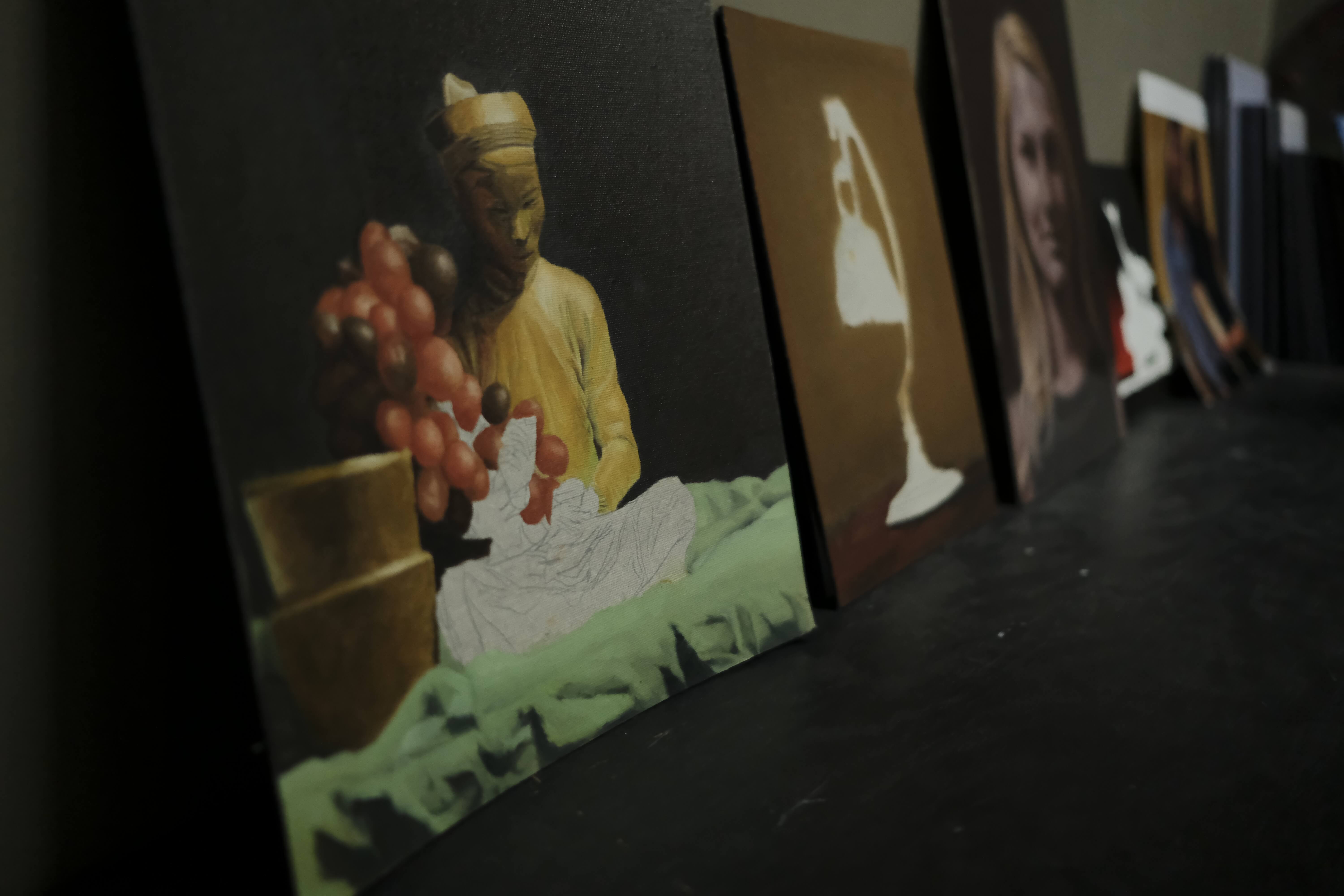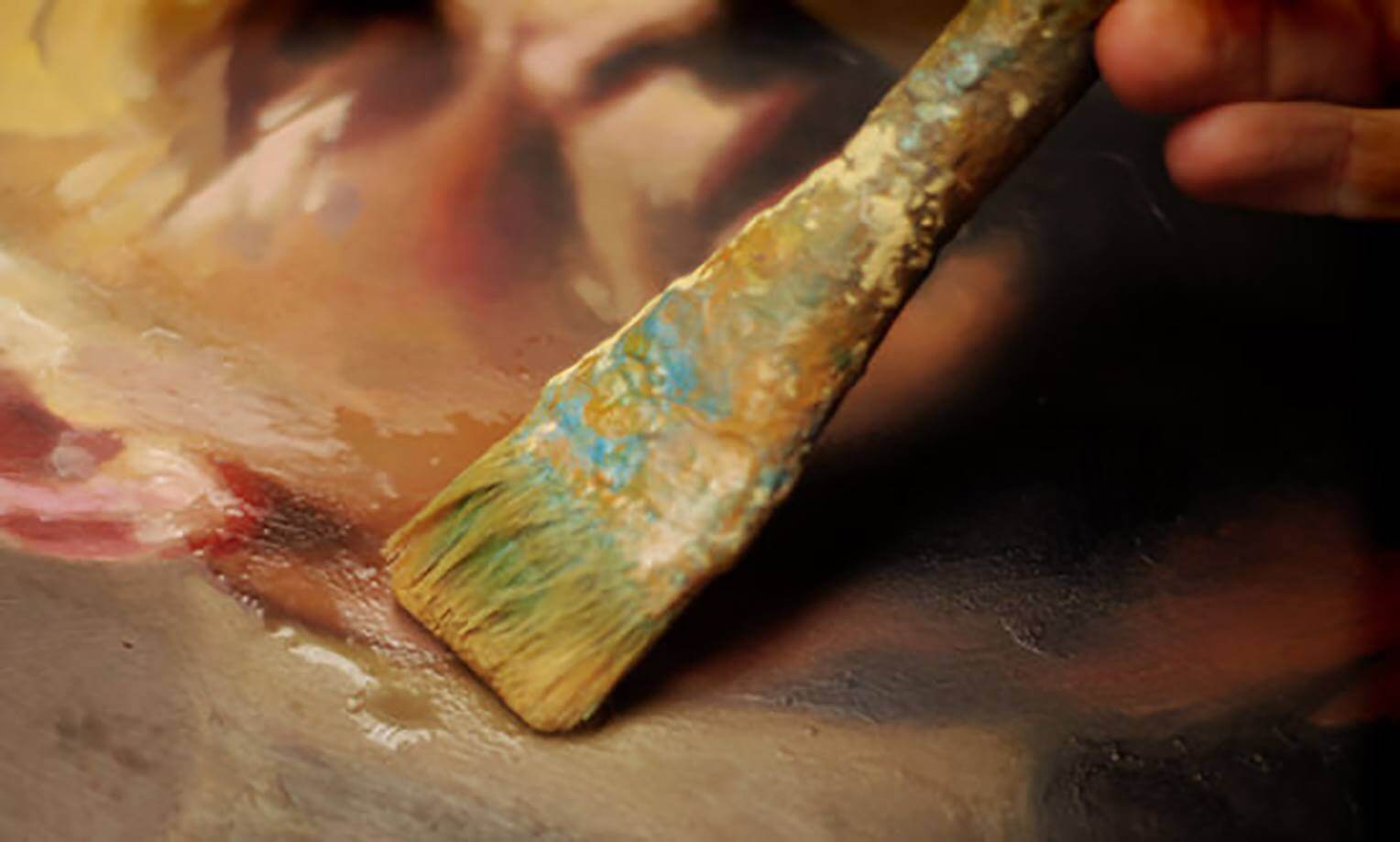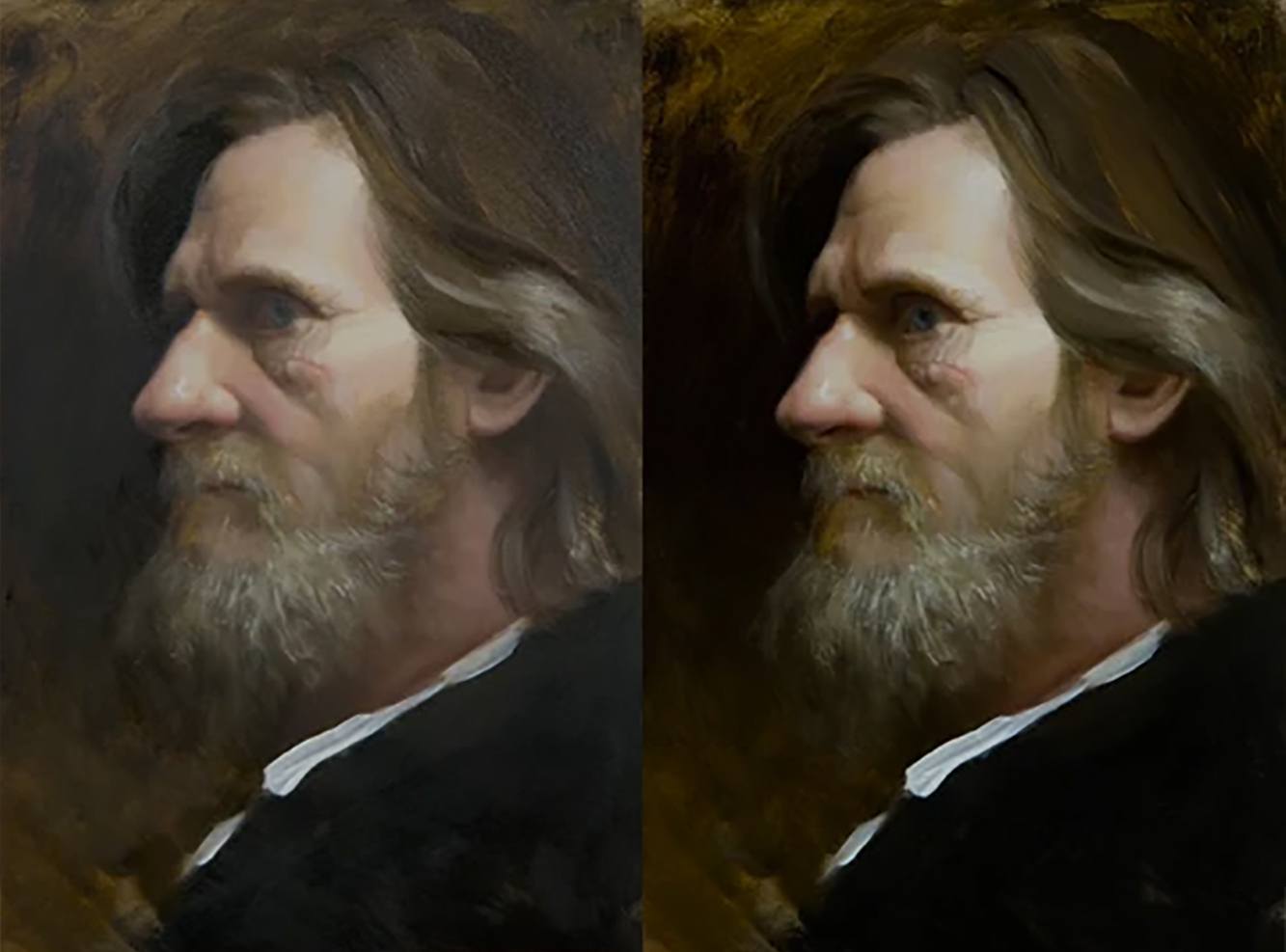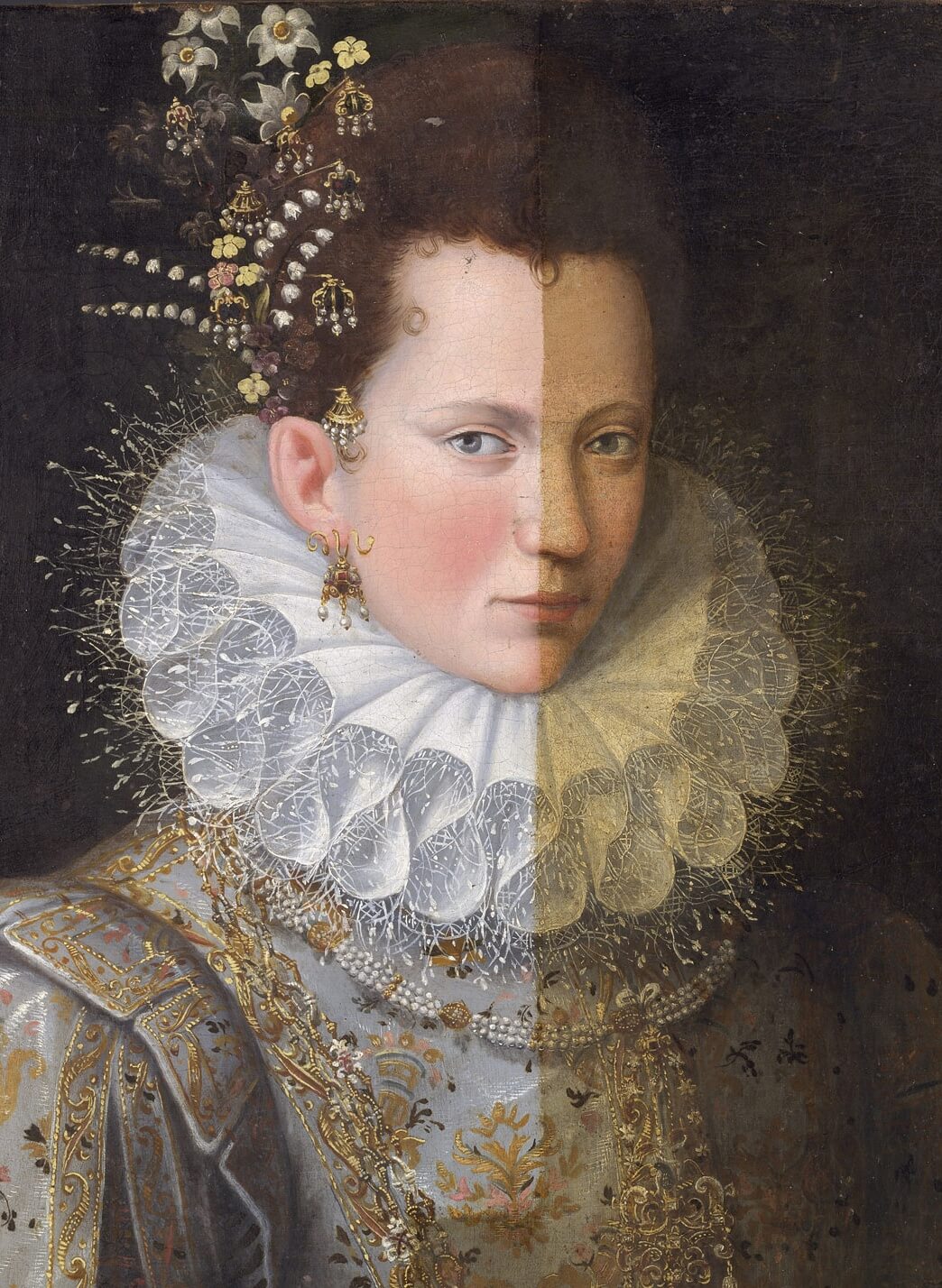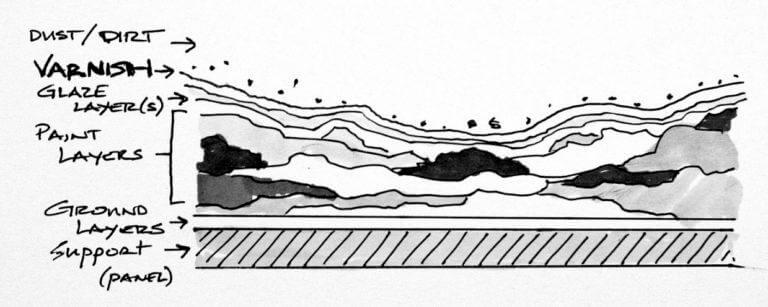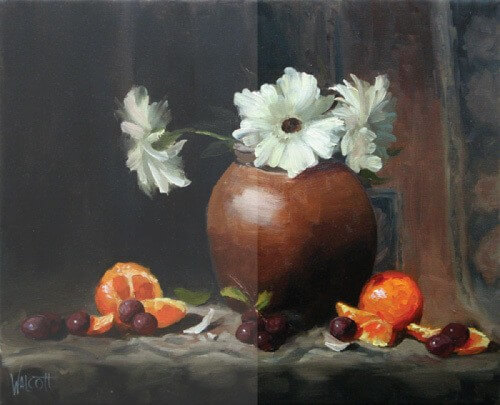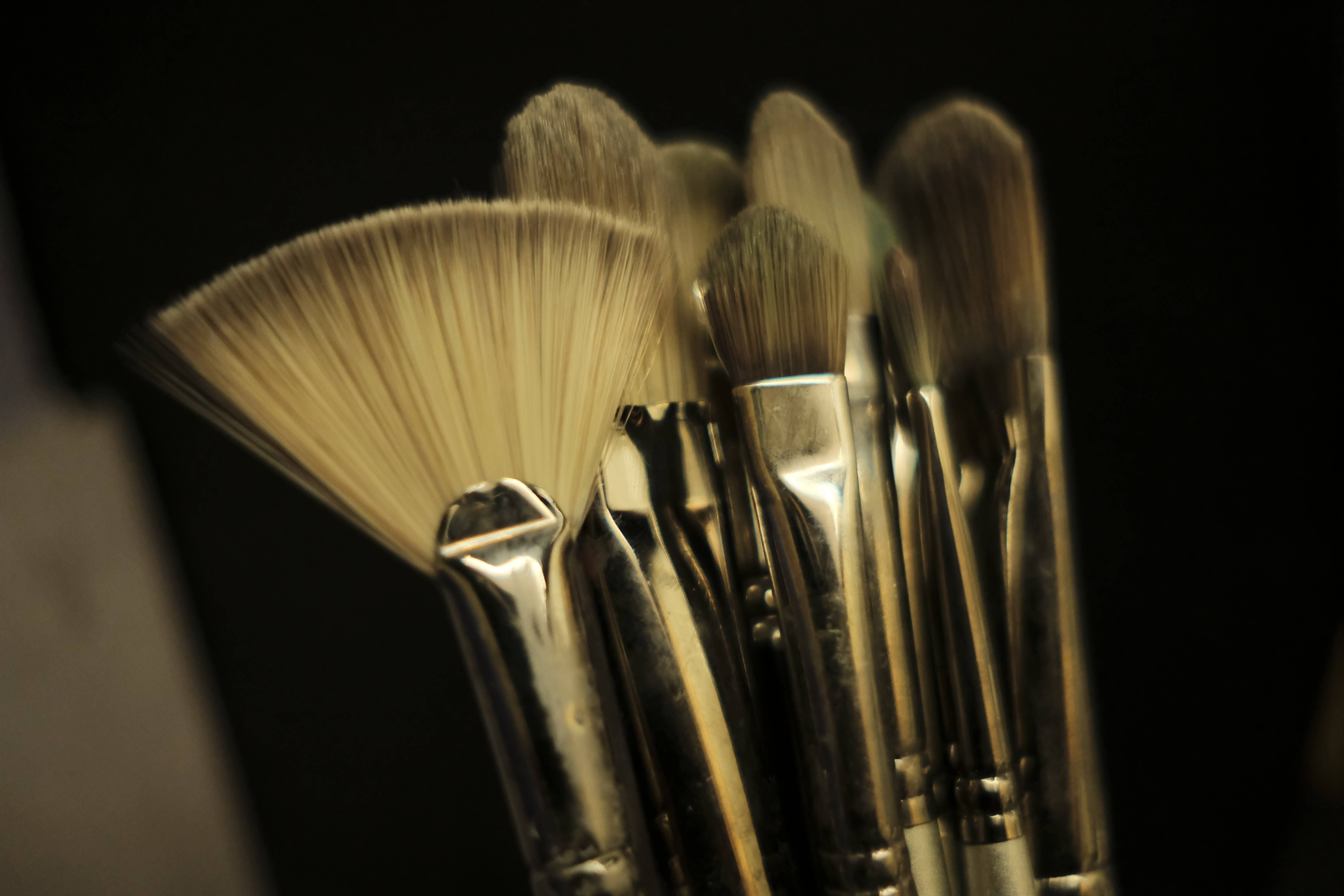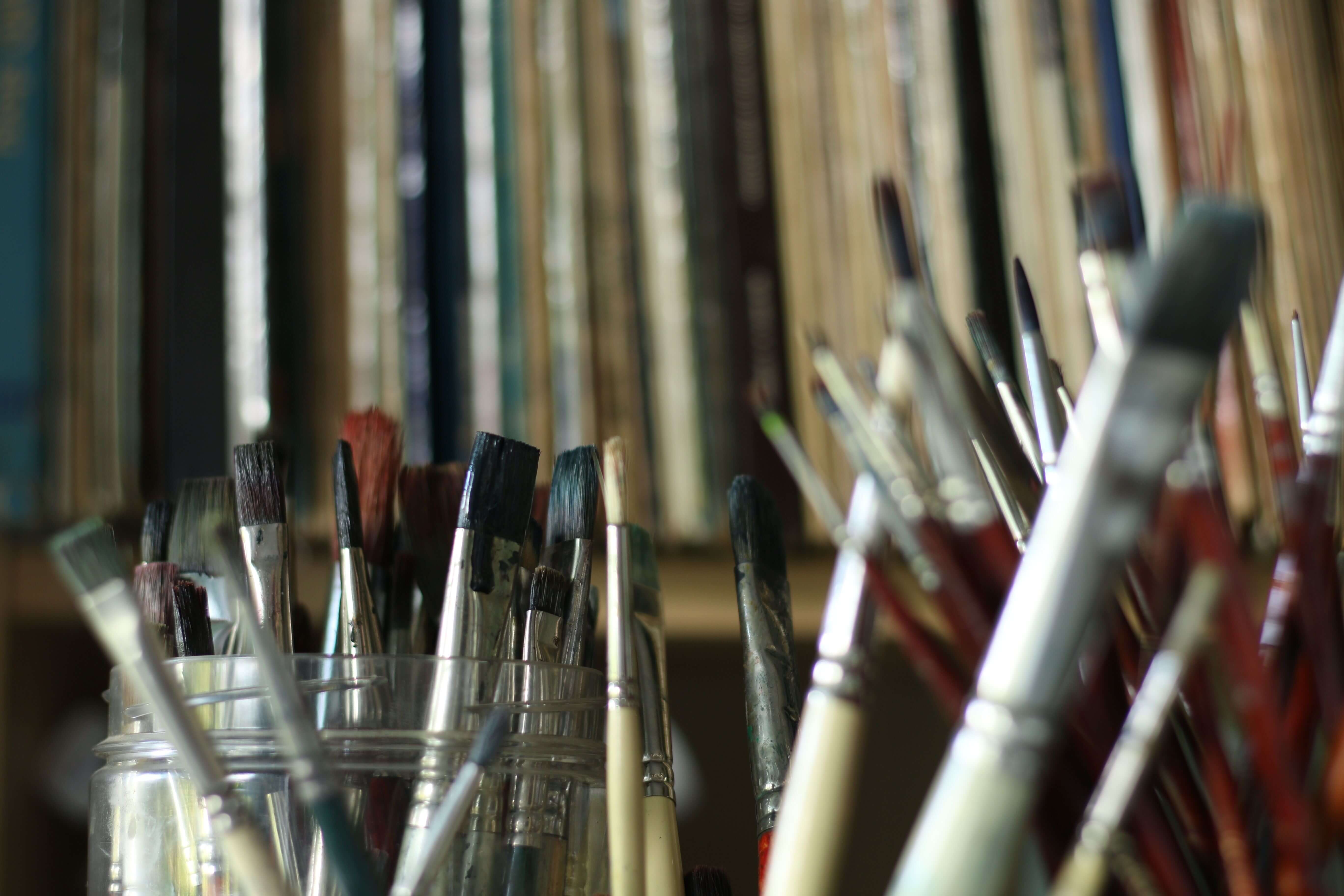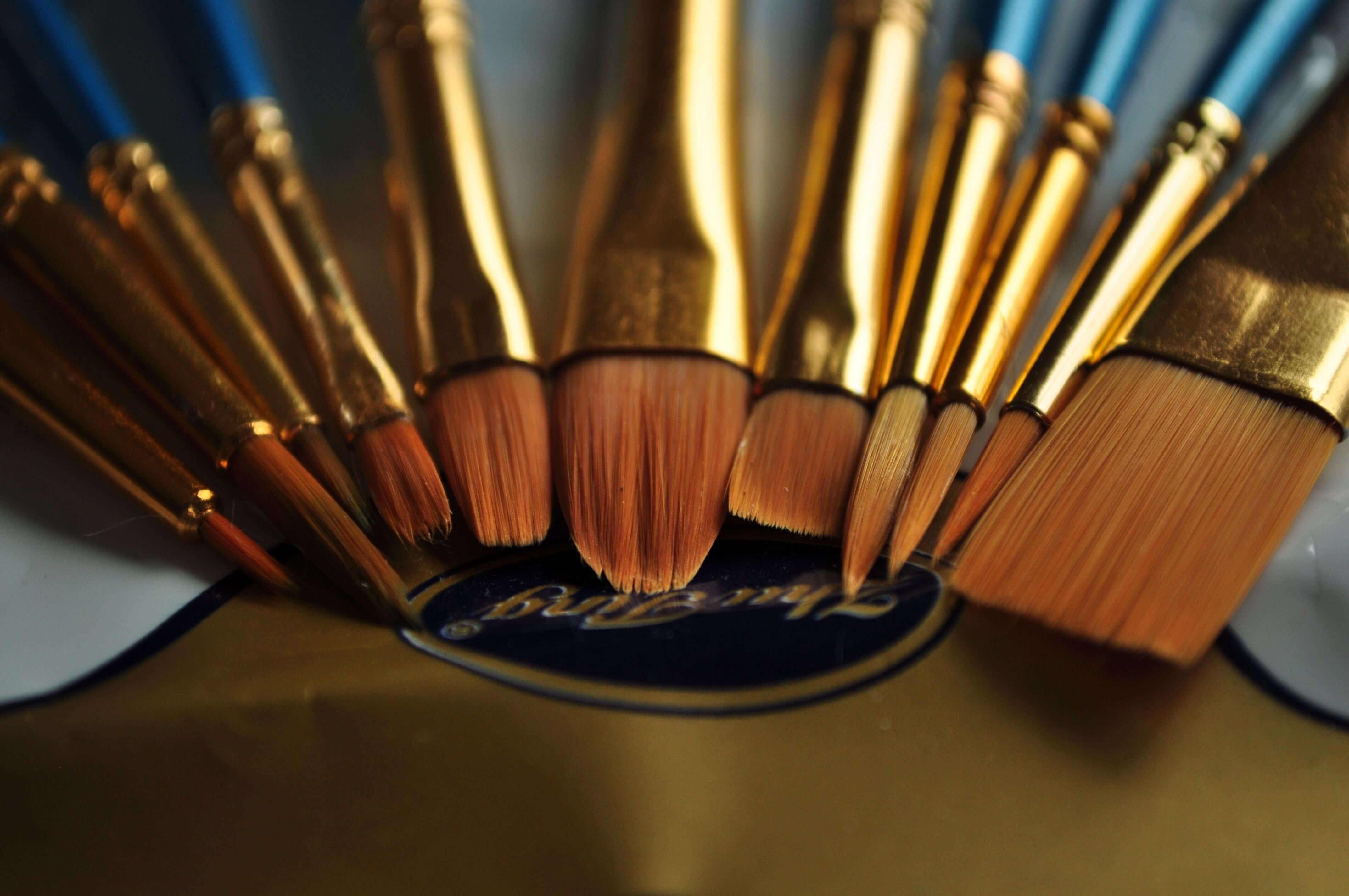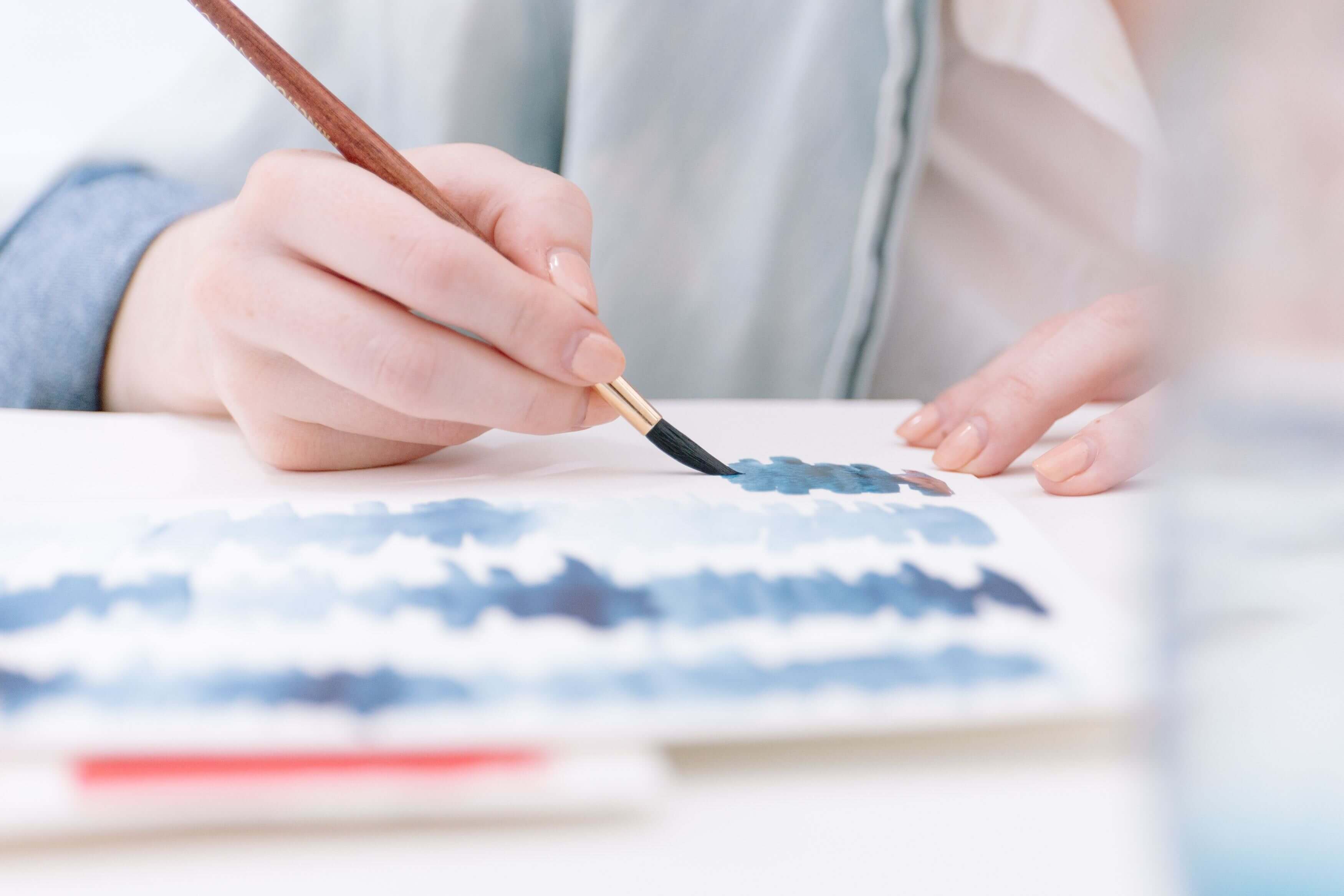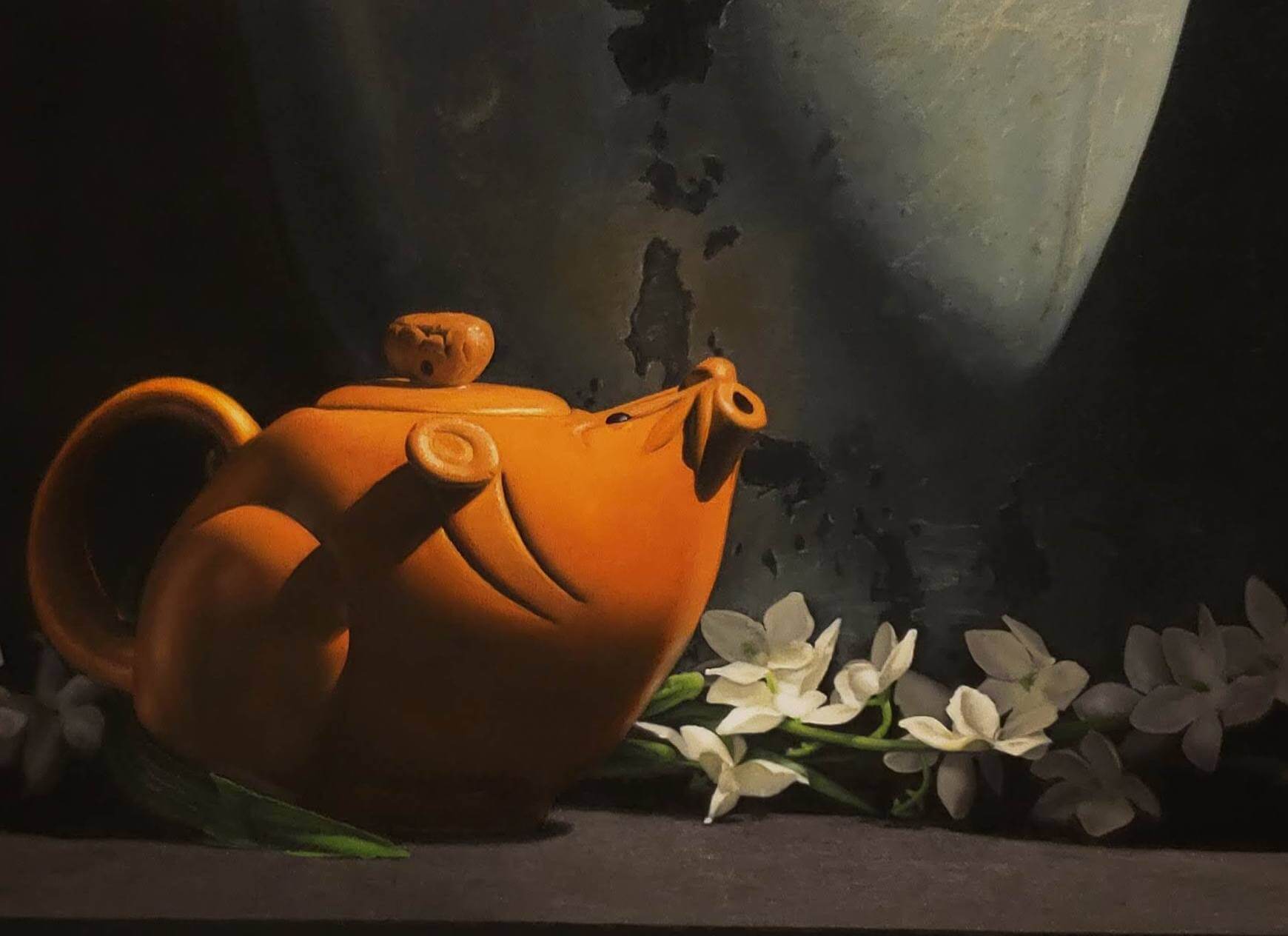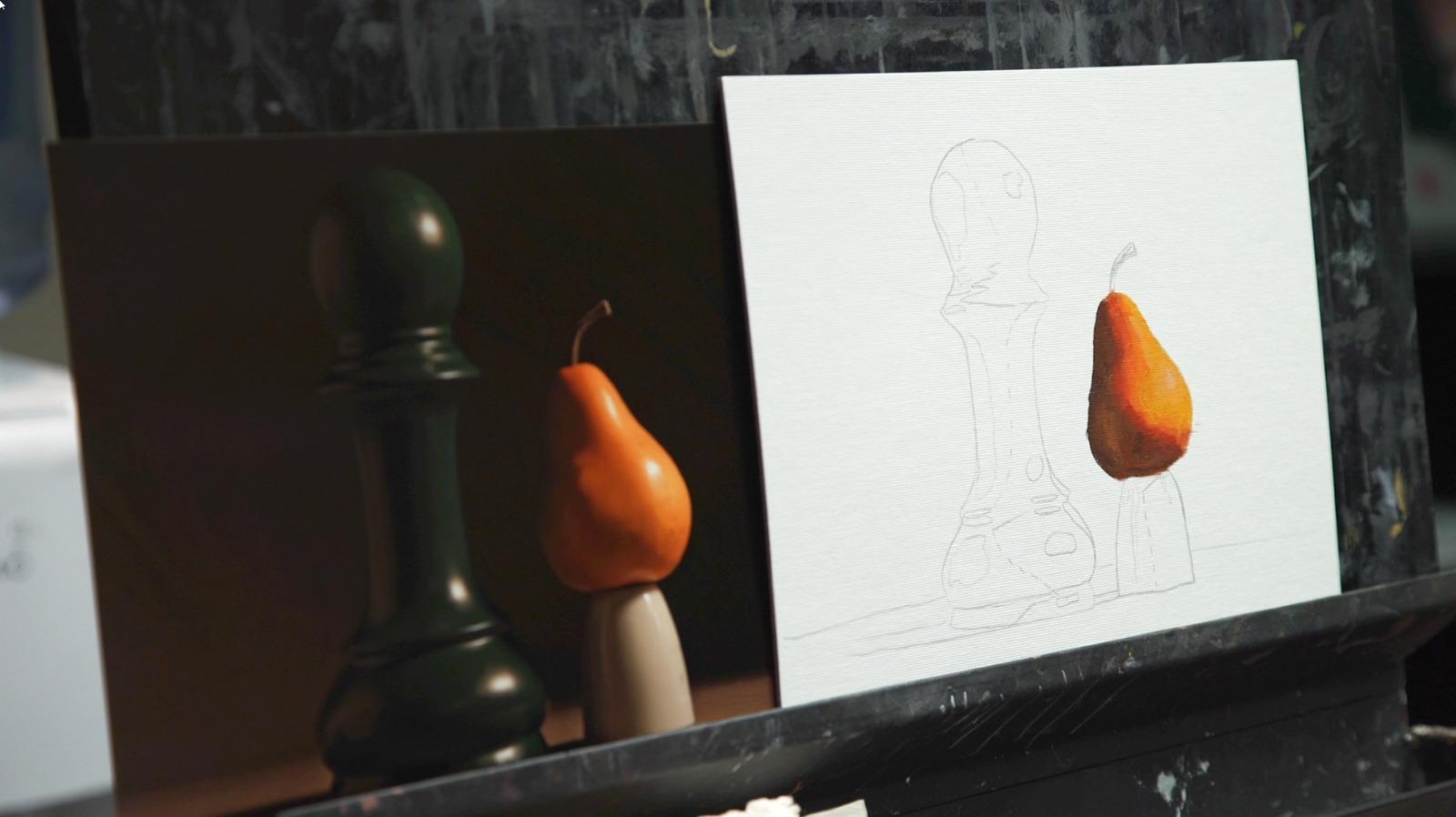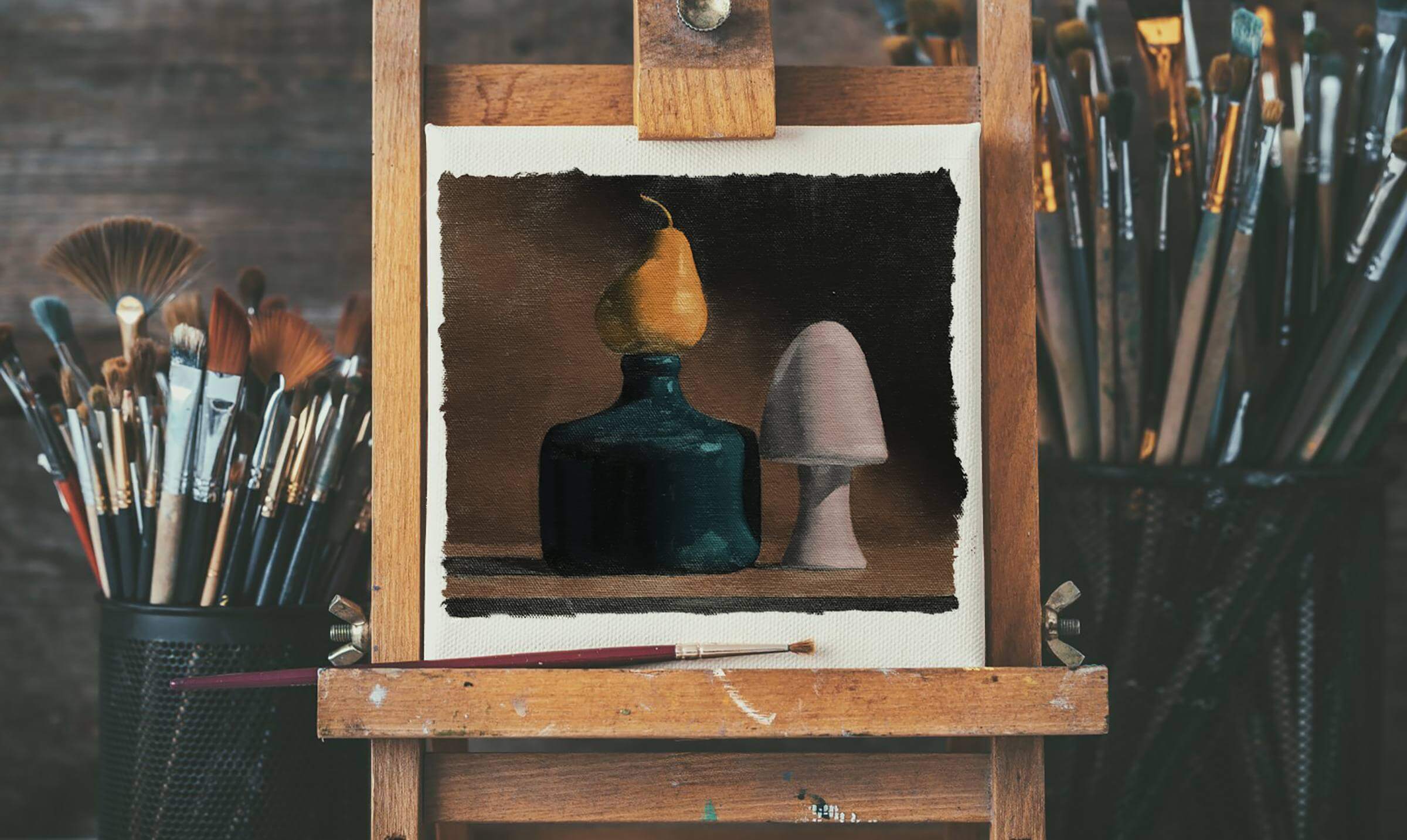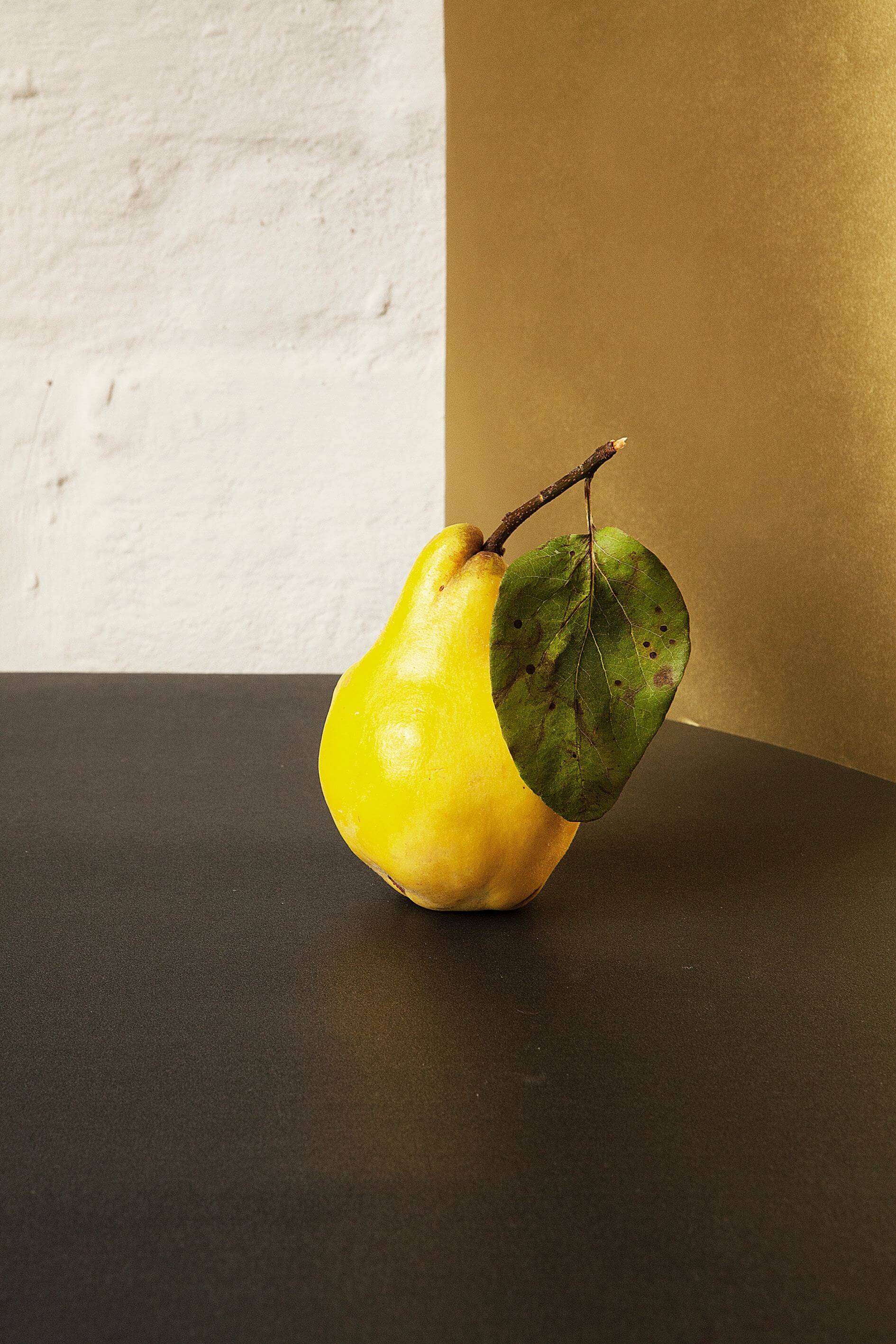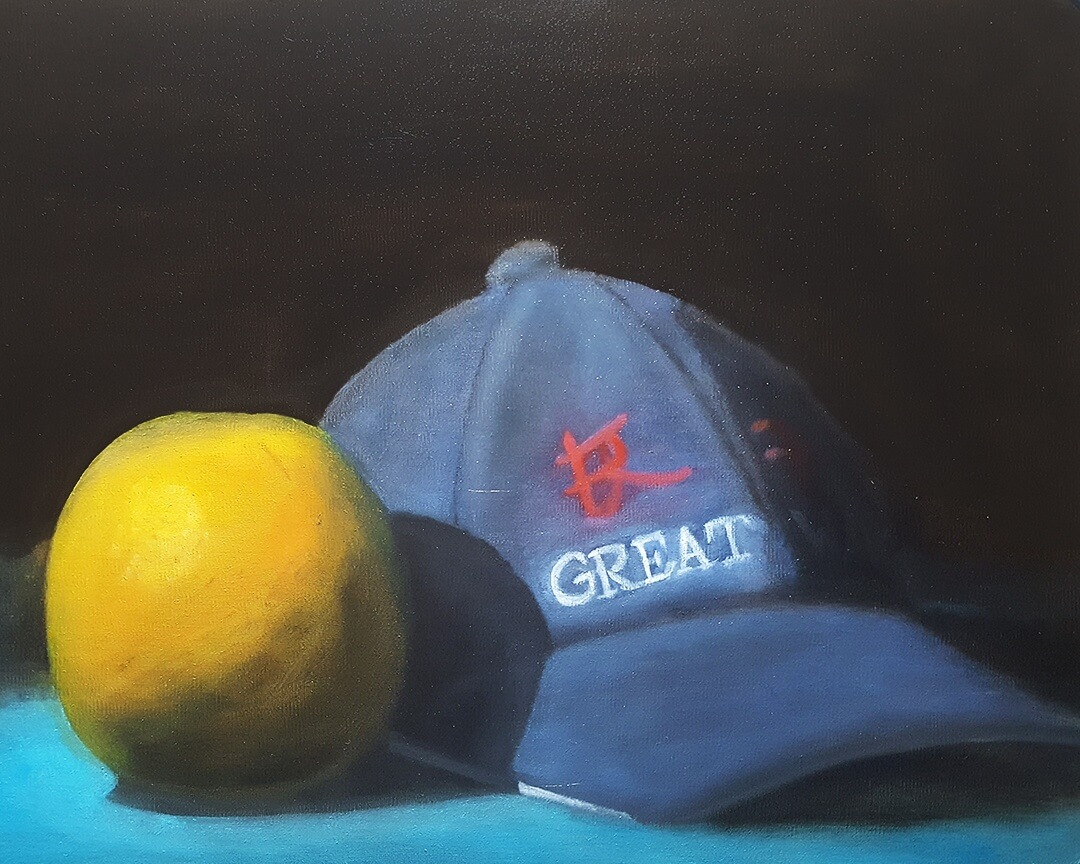
Meet the Evolve Artist: Alex Vinciguerra
Meet the Evolve Artist: Alex Vinciguerra

Evolve Artist and college student, Alex, makes time to grow as an artist with a busy schedule.
Learning to become an artist looks different for each individual. Every student’s path is unique and can offer up guidance and encouragement for fellow students.
Evolve is proud to be the home of many working artists and students who generously share their experiences on how the program brought and is bringing them success. We hope you enjoy learning more about our students and instructors in these Evolve artist interviews!
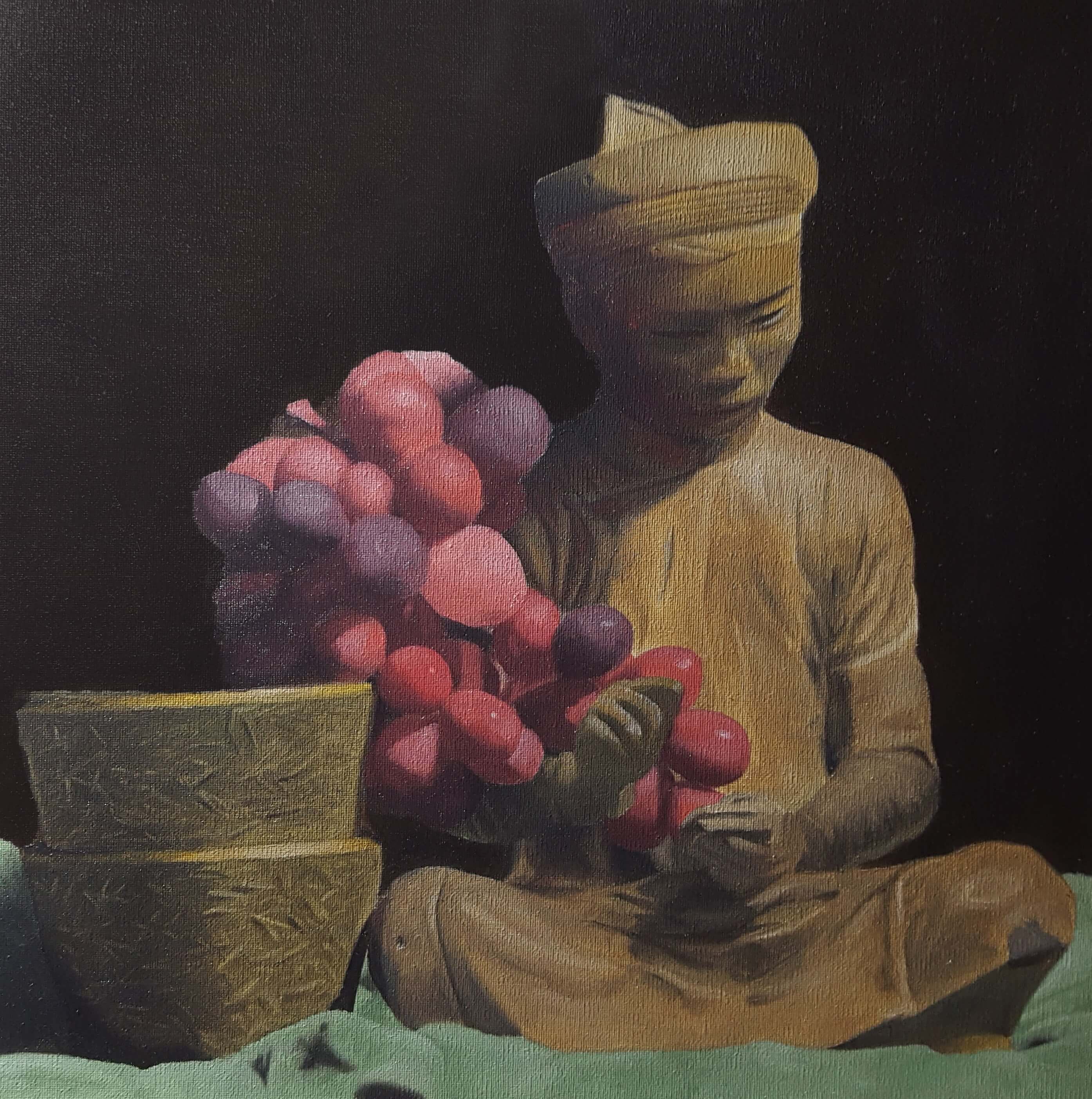
Block 4 painting by Alex V.
Meet Alex
Since 2018, Evolve artist and student Alex Vinciguerra has been developing his skills into fantastic works of art. Currently, Alex is finishing up Block 7, speed painting, and has worked through grayscale, direct painting, vacant shadows with great success.
Before college, Alex had no intention of making art a large part of his life. Though interested in doodling and drawing, it was not until college that he began seriously pursuing art.
Currently a senior graphic design major at college, Alex balances school and Evolve. He has some fantastic tips for students who may find themselves in the same busy phase of life, and how he capitalizes on the time he does have in order to keep growing as an artist.
As an Evolve student, Alex is proving that even as a busy college senior, he can still succeed and reach his goals with art. His hard work and diligence have produced beautiful paintings that show careful planning and execution.
Art Journey
Has art always been an interest of yours?
I’ve been drawing in an informal sense for as long as I can remember, though I never really even considered trying to make a living off of anything creative. Now that I’m more interested though I would love to be able to make a solid living off of it.
How did your art education journey begin?
I’ve only been seriously pursuing art for around 3-4 years. Then in my first year at college, I was majoring in Computer Science, and that was the most excruciatingly boring experience of my life (no offense CompSci people), and I did a major review of my life goals.
Eventually I decided I should go for something a good deal more creative, but I also didn’t really trust anyone for teaching fine art (I hadn’t even heard of ateliers at that point and I figured you’d need connections or something for an apprenticeship) so I settled on Graphic Design for my new major, which I do enjoy a lot and am in my final year of.
Evolve Journey
How did you come to find Evolve?
I was subscribed to Mitch’s Pencil Kings newsletter because of some YouTube artists that I was watching...and one day I saw the email that talked about how there was some painter in NJ who could teach anybody how to paint.
And at first, I was thinking “probably either exaggeration or scam,” but still checked it out because “what if?” And the results examples were so consistent and impressive that I started thinking “maybe?”
Especially the charcoal from block 1, that was super convincing for me because on the one hand, I could see how it was simple, but also how it looked better than anything I had done, and it convinced me that at least this program could teach me that. Then I started hyping it up in my head, imagining myself in two years doing super cool paintings… I got in and started up in February of 2018.

The vacant shadows technique.
Tips for Artists
What do you see yourself doing with your art?
First, make great paintings that provide a stable source of income...I’d also love to do paintings for churches...Portraits of people I like/admire would be cool too, and nerdy stuff with knights and/or wizards, and/or dragons are definitely on the list. And recreating scenes from good books would be really fun. Oh, and historical events. Maybe some landscapes. A lot of stuff I guess!
Do you have a personal favorite piece you’ve completed recently?
The one I just completed...is probably my favorite recent one. It’s one of the chess pieces, probably because it almost fits that nerdy category I was talking about earlier (there’s a king and a knight, good enough for me).
What tips would you give to a beginning student?
To a beginning student...don’t stop…
I mean it’s not like I never stop. In fact, I bet if you look at the submission dates for my assignments you can tell exactly when my summer and winter breaks start and end because my output is pretty consistent at 1 per day during breaks, then drops drastically to 1 every 1-2 weeks during school.
But even when I’m not doing a painting a day, if I have a minute I try to set up for when I have a longer stretch of time.
I think of what objects I might use for direct observation...or do the transfer sketch for a photo. Even just taping up the canvas to the piece of wood makes it that much easier to start painting when I have time. So do that.
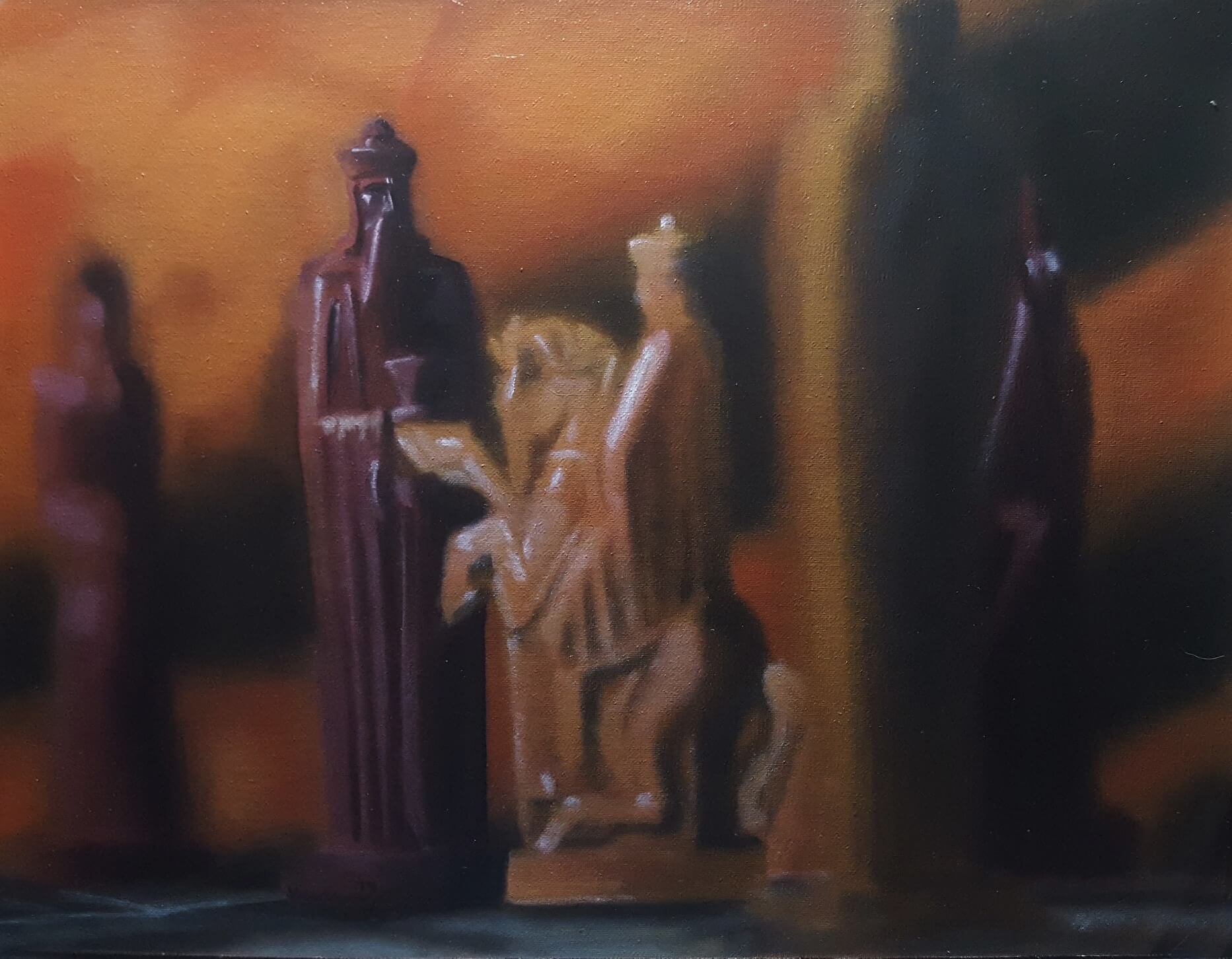
Alex's favorite piece to date.
Conclusion
We hope you’ve enjoyed getting to know one of our Evolve students, and are encouraged to take the little steps to start painting more and begin to evolve as an artist! Even with the busiest of schedules, you can make time for your art.


